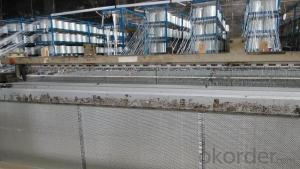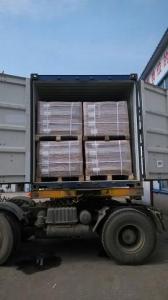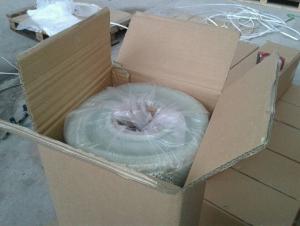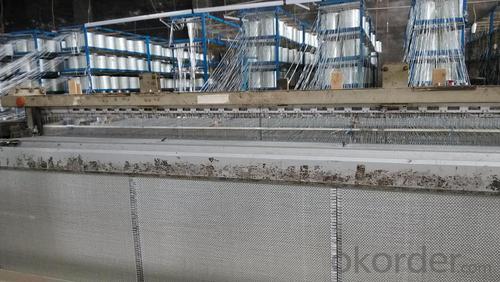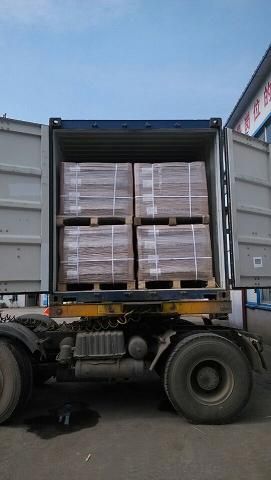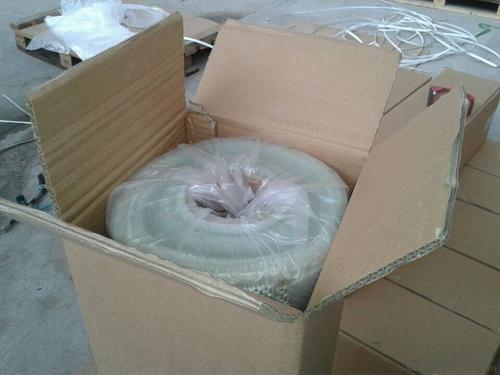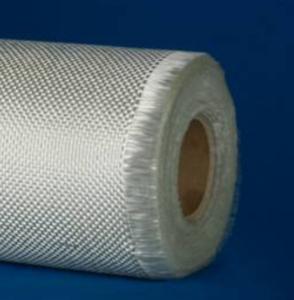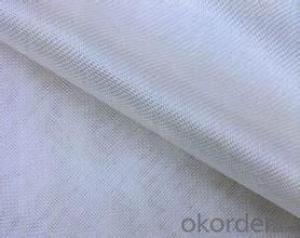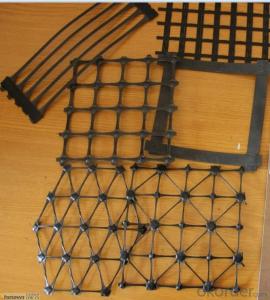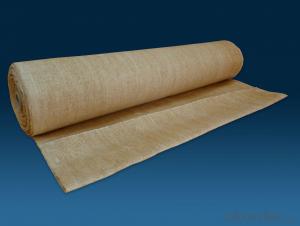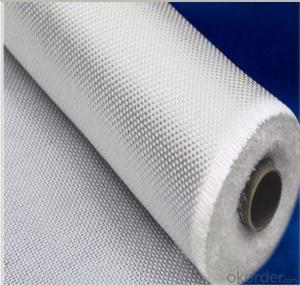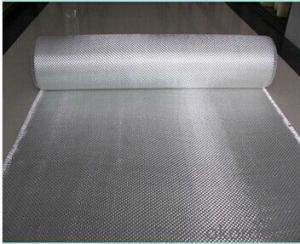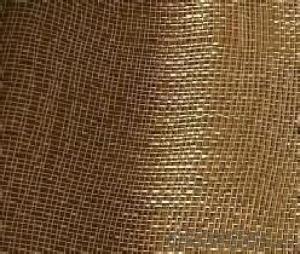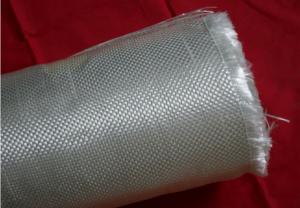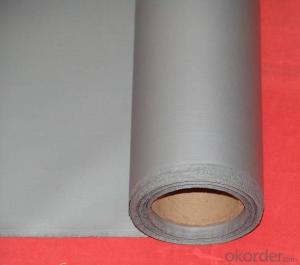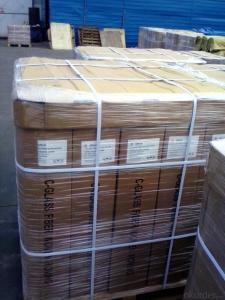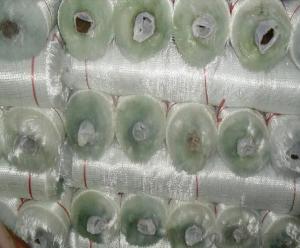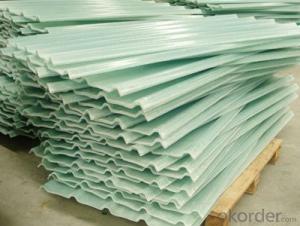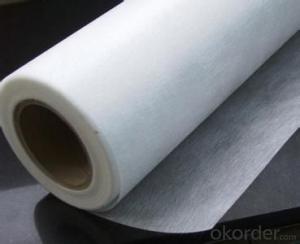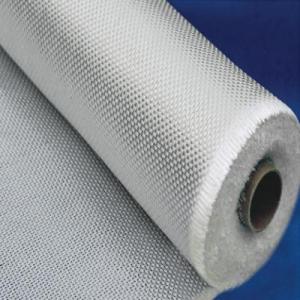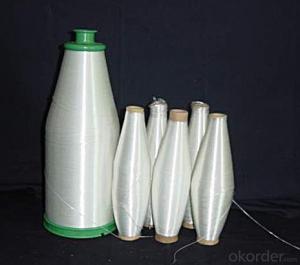Teflon Coated C Glass Fiber Woven Fabrics
- Loading Port:
- China Main Port
- Payment Terms:
- TT or LC
- Min Order Qty:
- 17600 kg
- Supply Capability:
- 176000Kg Per Month kg/month
OKorder Service Pledge
OKorder Financial Service
You Might Also Like
1.Brief Introduction
C Glass fabrics are bidirectional fabric made by interweaving direct rovings.
C Glass fabrics are compatible with unsaturated polyester, vinyl ester, epoxy and phenolic resins.
C Glass fabrics are a high performance reinforcement widely used in hand lay up and robot processes to manufacture boats, vessels, plane and automotive parts, furniture and sports facilities.
2.Product Features
Warp and weft rovings aligned in a parallel and flat manner, resulting in uniform tension
Densely aligned fibers, resulting in high dimensional stability and making handling easy
Good moldability, fast and complete wet out in resins, resulting in high productivity
Good mechanical properties and high strength of parts
3.Product Specifications
Property | Area Weight | Moisture Content | Size Content | Width |
(%) | (%) | (%) | (mm) | |
Test Method | IS03374 | ISO3344 | ISO1887 | |
CWR200 | ±7.5 | ≤0.15 | 0.4-0.8 | 20-3000 |
CWR270 | ||||
CWR300 | ||||
CWR360 | ||||
CWR400 | ||||
CWR500 | ||||
CWR600 | ||||
CWR800 |
Special specification can be produce according to customer requirements.
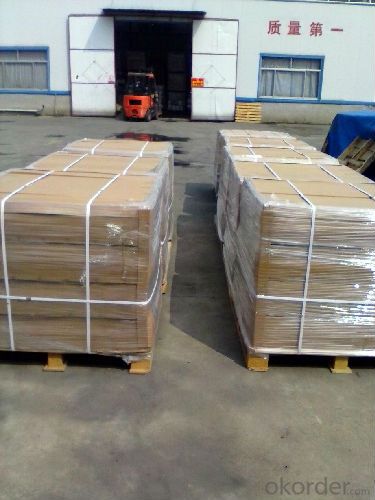
4.FAQ
Packaging:
Each woven roving is wound onto a paper tube which has an inside diameter of 76mm and the mat roll has a diameter of 220mm. The woven roving roll is wrapped up with plastic film,and then packed in a cardboard box or wrapped up with kraft paper. The rolls can be horizontally placed. For transportation, the rolls can be loaded into a cantainer directly or on pallets.
Storage:
Unless otherwise specified,It should be stored in a dry, cool and rain-proof area. It is recommended that the room temperature and humidity should be always maintained at 15℃~35℃ and 35%~65% respectively.
- Q: Can fiberglass fabric be used for reinforcement in pipes and tanks?
- Indeed, pipes and tanks can benefit from the reinforcement offered by fiberglass fabric. This material boasts exceptional strength and durability, along with its ability to resist corrosion, rendering it an optimal selection for reinforcing structures that might endure severe chemicals or extreme temperatures. The fabric can be affixed to either the inner or outer surface of the pipe or tank, delivering enhanced stability and strength. Furthermore, fiberglass fabric offers the advantage of being lightweight and flexible, enabling it to conform effortlessly to the shape of the pipes or tanks, guaranteeing a reliable and efficient reinforcement.
- Q: What is the difference between non-woven fabrics, glass fiber cloth and geotextile?
- The exact name of the non-woven fabric shall be nonwoven or non-woven. Because it is a kind of form that does not require spinning weaving fabric, just a textile fiber or filament aligned or random, the formation of the fiber network structure, and then the mechanical, thermal or chemical methods and strengthening into. Nonwovens break through the traditional textile principle, and have the characteristics of short process flow, fast production, high yield, low cost, wide use and many sources of raw materials.
- Q: How does fiberglass fabric perform in terms of puncture resistance?
- Fiberglass fabric performs exceptionally well in terms of puncture resistance. Due to its unique composition of intertwined glass fibers, it offers a high level of durability and strength against puncturing forces. The tightly woven structure of fiberglass fabric makes it highly resistant to penetration by sharp objects, such as nails or needles. Additionally, fiberglass fabric is known for its ability to maintain its structural integrity even after being punctured, preventing further tearing or damage from occurring. This makes it an ideal choice for applications where puncture resistance is crucial, such as in protective clothing, industrial equipment, or reinforcement materials for composites. Overall, fiberglass fabric is highly reliable and effective in withstanding puncture forces, ensuring long-lasting performance and protection.
- Q: Problems in making FRP models and models
- Method of making die at the end of the lowest cost, is artificial cutting and polishing, wood or other materials can have certain hardness and easy processing stuff, but it requires a very high skill, good feel, and often do it is not precise enough, but for ship model, basically is sufficient.
- Q: Anticorrosion floor construction
- Forklift truck can withstand long-term rolling, so that the ground heavy corrosion resistance, strong acid and alkali resistance, chemical solvents, impact resistance, anti - ground cracks. Scope of application: surface, wall and equipment surface of electroplating factory, battery factory, chemical plant, electrolytic bath, pharmaceutical factory, acid and alkali neutralization pool, etc..
- Q: How does fiberglass fabric perform in vibration isolation applications?
- Fiberglass fabric performs well in vibration isolation applications due to its high tensile strength, flexibility, and excellent damping properties. It can effectively absorb and dampen vibrations, reducing the transfer of energy and minimizing the impact of vibrations on surrounding structures or components. Additionally, fiberglass fabric is lightweight, resistant to corrosion, and has a long lifespan, making it a reliable choice for vibration isolation in various industries.
- Q: Can fiberglass fabric be used for insulation in wineries?
- Yes, fiberglass fabric can be used for insulation in wineries. It is a commonly used material for thermal insulation due to its excellent thermal properties and fire resistance. Additionally, fiberglass fabric is durable, easy to install, and can effectively reduce heat transfer, making it suitable for insulating winery facilities.
- Q: Can fiberglass fabric be used for hoses?
- Fiberglass fabric can be used for hoses in certain applications. While traditional hoses are typically made of rubber or plastic materials, fiberglass fabric can be used as a reinforcement layer in hose construction. The fiberglass fabric provides strength, durability, and resistance to high temperatures, making it suitable for applications such as high-pressure water hoses, chemical hoses, or industrial hoses that are exposed to extreme conditions. However, it is important to note that fiberglass fabric alone may not be sufficient to create a functional hose, and it may need to be combined with other materials, such as rubber or thermoplastic, to provide flexibility and leak resistance. Ultimately, the specific requirements of the hose and the intended application will determine whether fiberglass fabric is a suitable choice for its construction.
- Q: Can fiberglass fabric be used for tents and awnings?
- Yes, fiberglass fabric can indeed be used for tents and awnings. Fiberglass fabric is a popular choice for outdoor applications due to its durability, strength, and resistance to harsh weather conditions. It is lightweight yet sturdy, making it an ideal material for tents and awnings. Additionally, fiberglass fabric is fire-resistant and provides excellent UV protection, ensuring a safe and comfortable outdoor experience. It also offers good insulation properties, helping to maintain a comfortable temperature inside the tent or under the awning. Overall, fiberglass fabric is a reliable and versatile option for tents and awnings, providing both protection and durability in various outdoor settings.
- Q: What are the different weaving patterns available for fiberglass fabric?
- There are several weaving patterns available for fiberglass fabric, including plain weave, twill weave, satin weave, leno weave, and basket weave. Each pattern offers different characteristics and properties, such as strength, flexibility, and breathability, allowing for various applications in industries such as aerospace, automotive, and construction.
Send your message to us
Teflon Coated C Glass Fiber Woven Fabrics
- Loading Port:
- China Main Port
- Payment Terms:
- TT or LC
- Min Order Qty:
- 17600 kg
- Supply Capability:
- 176000Kg Per Month kg/month
OKorder Service Pledge
OKorder Financial Service
Similar products
Hot products
Hot Searches
Related keywords
